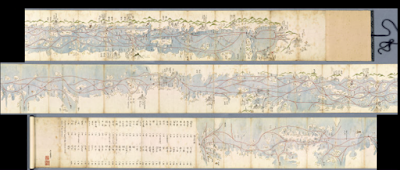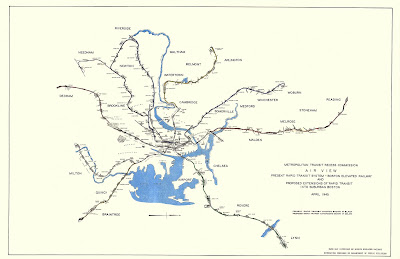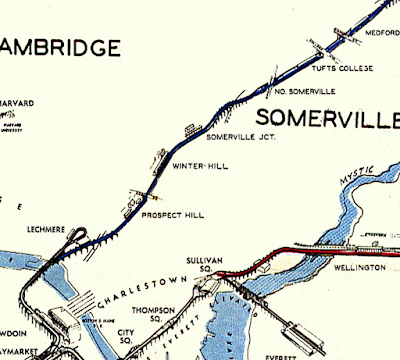There's no such word as stepth but I feel like there should be. Designer Toby Eglesfield was asked to make a map Queenstown in New Zealand for the disabled that would show the approximate steepness of streets. His approach was to use wedges.
They look a bit like doorstops. Mostly this approach works though I find it a bit confusing when two steep streets intersect like at Sydney Street above. The wedges are color coded by stepth, sorry steepness.
Another nice touch is the use of the same colors for the steepness of walking trails.
The back of the map has the nearby towns of Frankton and Arrowtown-here is Frankton.
If you focus too much on the elevation wedges it's easy to miss some other nice details like the simple way the services are portrayed and numbered. I also really like the receding tree undersides as if there's a fog coming in off the lake.
Details about Eglesfield's creative process can be seen here.
They look a bit like doorstops. Mostly this approach works though I find it a bit confusing when two steep streets intersect like at Sydney Street above. The wedges are color coded by stepth, sorry steepness.
Another nice touch is the use of the same colors for the steepness of walking trails.
The back of the map has the nearby towns of Frankton and Arrowtown-here is Frankton.
If you focus too much on the elevation wedges it's easy to miss some other nice details like the simple way the services are portrayed and numbered. I also really like the receding tree undersides as if there's a fog coming in off the lake.
Details about Eglesfield's creative process can be seen here.




























